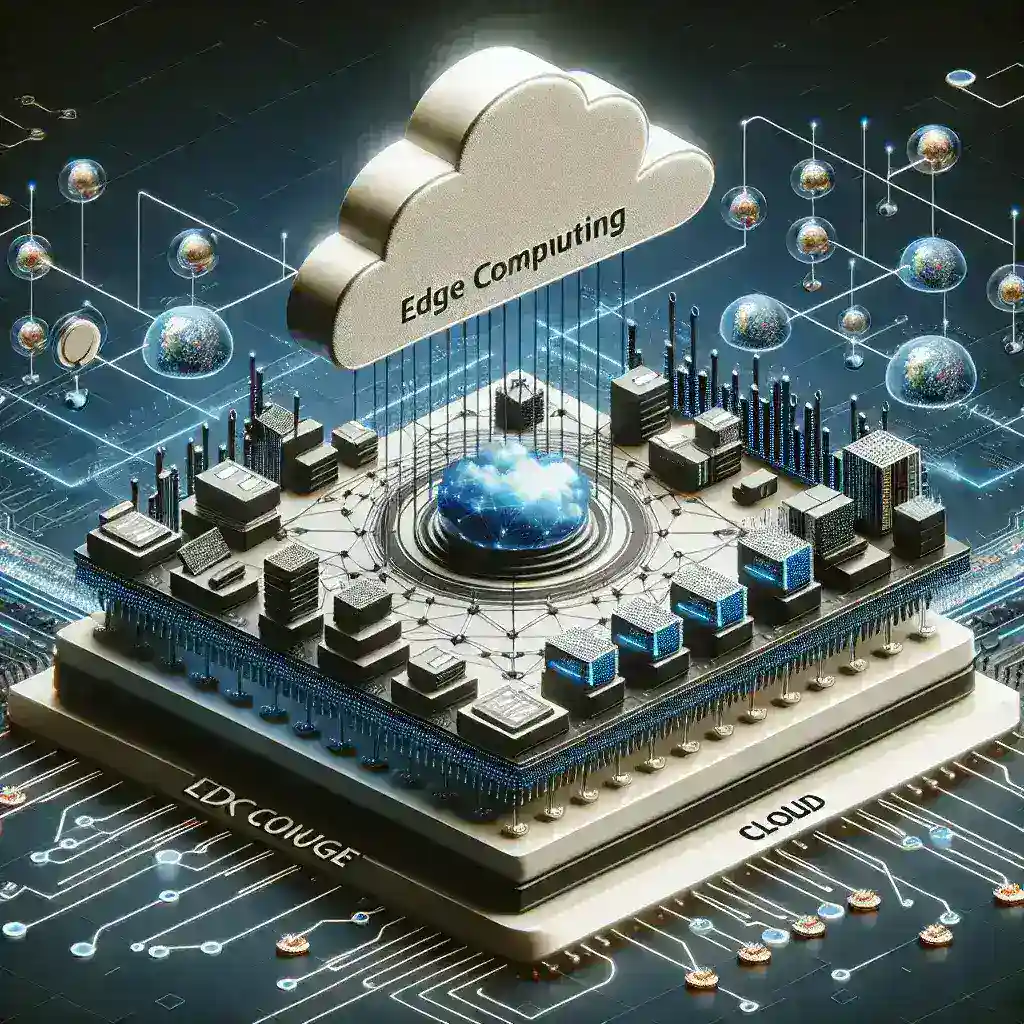In today’s rapidly evolving digital landscape, edge computing has emerged as a transformative solution that promises to enhance data processing capabilities and streamline operations. Unlike traditional cloud computing that relies on centralized data centers, edge computing takes data processing closer to the sources of data generation. This shift offers a plethora of advantages, particularly in terms of speed, efficiency, and security.
What is Edge Computing?
Edge computing refers to the practice of processing data near the edge of the network, where the data is generated, rather than in a centralized data processing warehouse. This paradigm aims to reduce latency, enhance real-time data processing capabilities, and lower the bandwidth use which can be costly.
Table 1: Traditional Cloud Computing vs. Edge Computing
| Aspect | Traditional Cloud Computing | Edge Computing |
|---|---|---|
| Data Processing Location | Centralized Data Centers | Near Data Sources |
| Latency | High | Low |
| Bandwidth Costs | Higher | Lower |
| Real-time Processing | Less Efficient | Highly Efficient |
Key Advantages of Edge Computing
1. Reduced Latency
One of the most significant benefits of edge computing is its ability to reduce latency. By processing data closer to the source, information doesn’t need to travel to a distant data center and back, which drastically cuts down the time it takes to receive and act upon data.
2. Improved Speed and Performance
With the data being processed locally, applications and services can perform faster. This is particularly beneficial for applications that require real-time data processing, such as autonomous vehicles, medical monitoring systems, and interactive gaming.
3. Enhanced Security
Edge computing allows for better security measures as data can be processed and analyzed at the device level, reducing the potential for data breaches during transit. Additionally, localized data processing can help in adhering to regulatory requirements more efficiently by keeping sensitive data within a specified geographical area.
4. Bandwidth Savings
By processing data at the edge, the amount of data that needs to be sent to centralized cloud data centers is significantly reduced. This not only lowers bandwidth costs but also alleviates network congestion.
5. Scalability
Edge computing supports scalable solutions more efficiently. As the demand for more data grows, edge devices can be easily added to the network to distribute the processing load, ensuring quick upgrades and the ability to handle more tasks effectively.
6. Reliability
Decentralized data processing enables more reliable services. If an edge device fails, it won’t necessarily bring down the entire system. This redundancy is vital for critical applications that require high availability and minimal downtime.
Industry Applications of Edge Computing
1. Healthcare
In healthcare, edge computing is utilized for remote patient monitoring systems, enabling real-time analysis and quicker medical responses. This can be life-saving in scenarios where timely data is crucial for patient care.
2. Manufacturing
In the manufacturing sector, the use of edge computing facilitates predictive maintenance and process optimization. Sensors on machines can process data locally to detect anomalies, reducing downtime and enhancing overall efficiency.
3. Transportation
Edge computing powers autonomous vehicles by processing vast amounts of data from cameras, sensors, and other devices in real-time, ensuring safe and efficient operation.
4. Retail
For the retail industry, edge computing provides personalized customer experiences. In-store sensors and devices can analyze customer behavior and preferences locally, enabling retailers to offer tailored promotions and improve the shopping experience.
Challenges and Considerations
While the benefits of edge computing are substantial, there are challenges that need to be addressed:
- Security: With data being processed at multiple locations, ensuring consistent security protocols becomes a challenge.
- Infrastructure: Building and maintaining the required infrastructure for edge computing might be costly and complex.
- Data Management: Effective data management strategies are required to handle the distributed nature of data processing.
Conclusion
Edge computing represents a significant shift in how data is processed, offering numerous advantages across various industries. From reduced latency to enhanced security and efficiency, the benefits of edge computing are poised to redefine the digital landscape. As technology continues to advance, the adoption of edge computing will undoubtedly accelerate, bringing more innovations and improvements to both businesses and end-users.

